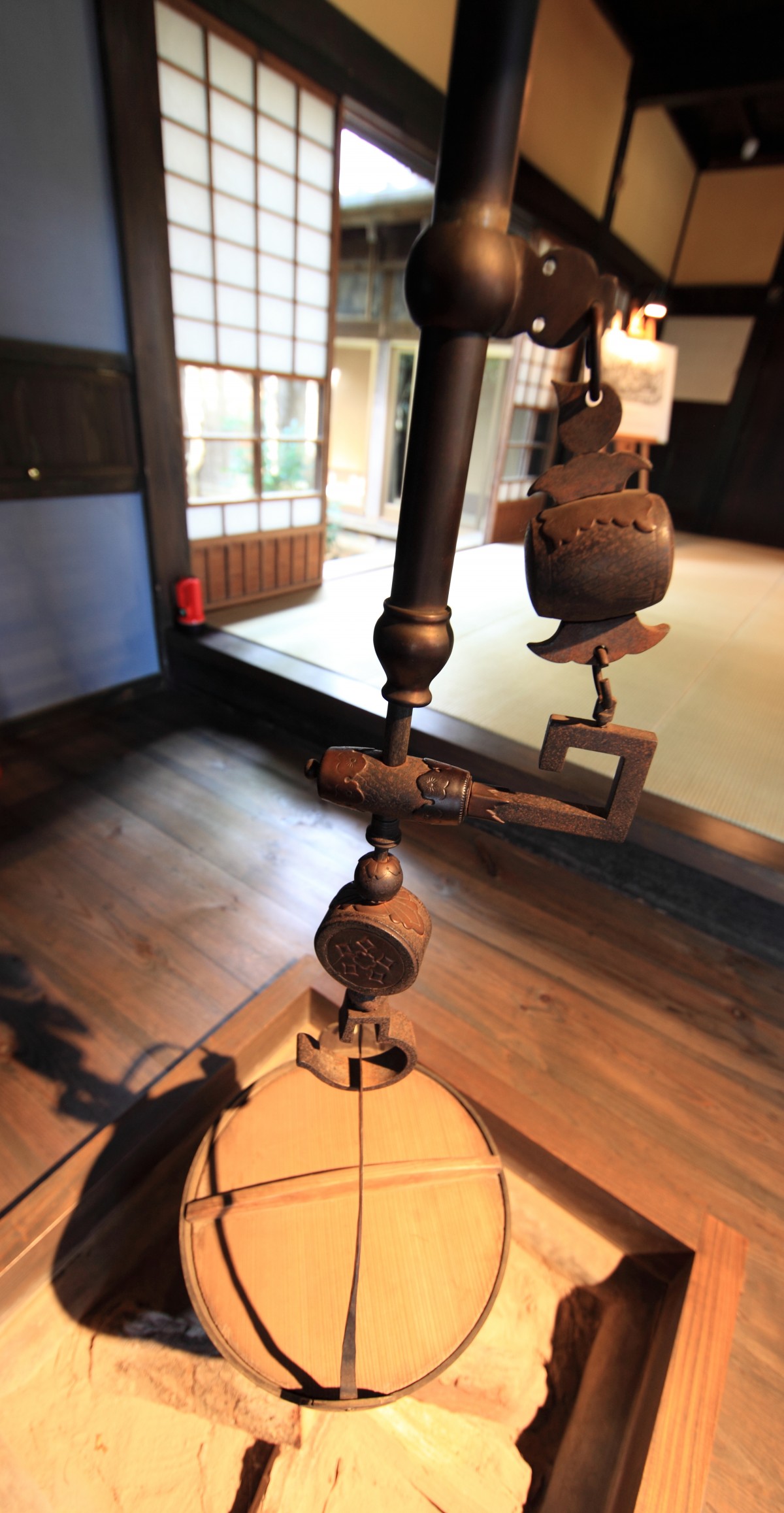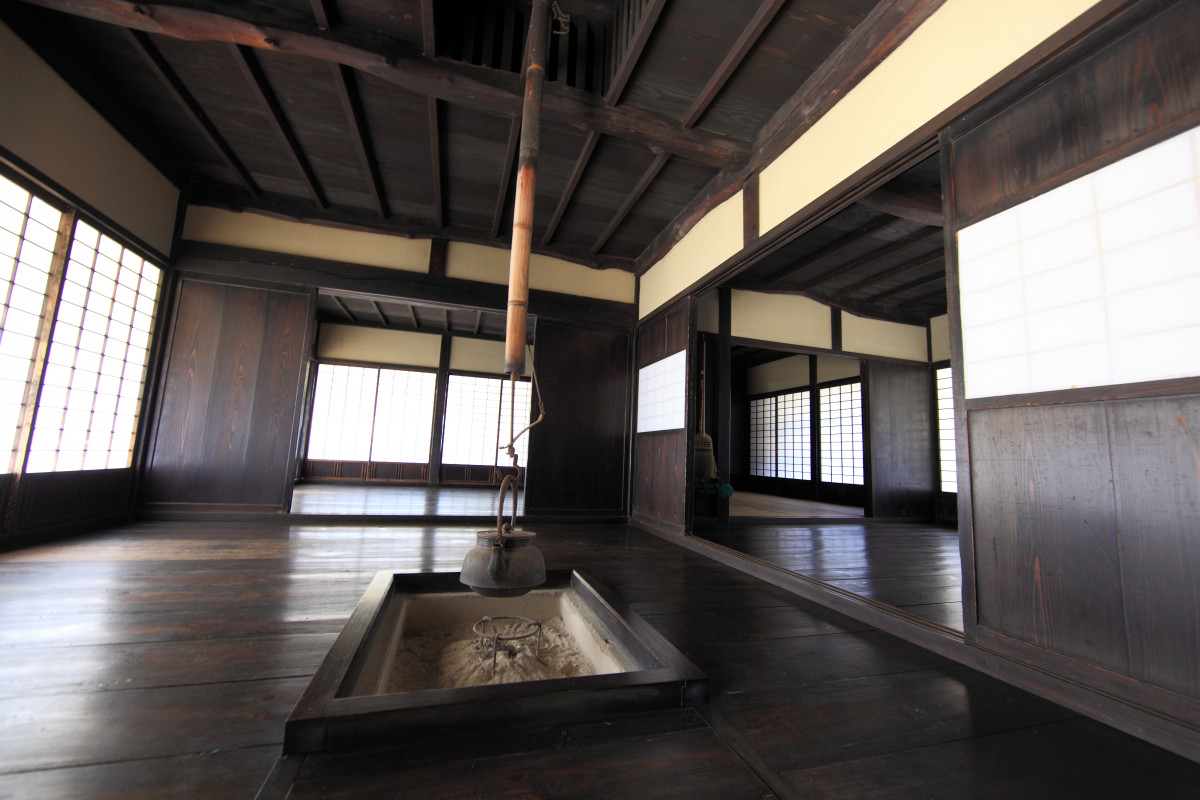How to Install a Raised Access Floor
The installation of a floor is essential in construction. Made of wood or concrete, it not only supports the weight of the floor covering but also of the walls and partitions. As the load-bearing structure of a building, floors support their own weight as well as that of the floor coverings, walls, and operating loads. Different types of floors are possible depending on the use of the building, so in this post, we’ll go through how to install a raised access floor.
Contents
– Raised access floor: a modern and practical system
– Installation of the raised access floor: 2 techniques
– Raised access floor: access to the plenum
– Standards for raised access floors
– Maintenance of the raised access floor
– Price of the raised access floor
The raised access floor is designed to meet the technical requirements of certain companies, such as telephone centers or technical rooms requiring a lot of wiring.
Raised access floor: a modern and practical system
A raised access floor is a false floor that forms a kind of box: these spaces are used for the passage of ducts and various pipes.
The false floor is made up of slabs that can have different dimensions. The table below gives you the characteristics of the most commonly used ones:
| Size of the slab | Thickness of the slab | Height of the false floor |
|---|---|---|
| 500 × 500 mm | 22 mm | Adjustable from 6 to 17 cm. |
| 600 × 600 mm | 30 à 38 mm | Adjustable from 5 to 200 cm. |
These tiles can be wood, concrete, composite, porcelain stoneware, steel, aluminum, and perforated for computer rooms, etc.
The technical floor tiles can be chosen with a finish, i.e., already covered or bare. It will then be necessary to cover them with the covering of your choice: carpet, vinyl, linoleum, parquet, marble, etc.
Laying an access floor: 2 techniques

There are two methods of installing raised access floors:
– Self-supporting (diagram 1):
◦ up to 500 mm height and current load;
◦ only the jacks support the trays and allow easier access to the underfloor space.
– When mounted with reinforcing crossbars:
◦ The crossbars allow for floor elevation beyond 500 mm while supporting concentrated heavy loads.
◦ For instance, the rigidity of the computer cabinet installation platform is enhanced.
Installation steps for self-supporting technical floor

Self-supporting installation is chosen when the finished heights are less than or equal to 500 mm. In the self-supporting access floor construction, the slabs must rest directly on the cylinder heads. There is, therefore, no need to install crossbars.
The installation steps are as follows:
– Installation of the jacks. These jacks are fixed to the floor:
◦ with a special “anti-vibration” glue;
◦ by screwing;
◦ or by welding if they rest on structural irons.
– The fixing of the earthing braid is done:
◦ by means of a clamp;
◦ or by pinching in a notch provided for this purpose.
– Installation of the slabs.
Steps for installing the raised access floor with cross beam

The installation of the raised access floor is chosen:
– For raised access floors with a height of more than 500 mm.
– For raised access floors that are not wedged at the edges.
– For raised access floors that require a lot of cut-outs.
This means that the crossbeams must be fitted for the cross-braced installation. These results are:
– Improved horizontal stability of the floor;
– improved load-bearing capacity.
The installation steps are as follows:
– Installation of the sleepers.
– Installation of the solid slabs on the sleepers.
– Installation of the T-slabs to define the squareness.
– Cutting and fitting the edge slabs to secure the whole assembly before being able to walk on the floor.
The technical floor: access to the plenum
To access the void under the floor called the plenum, it is important to use the lifting tools provided:
– suction cups for smooth floorings;
– lifting claws for textile coverings.
Please note: it is advisable not to use screwdrivers or levers in order not to damage the tiles.
When closing the plenum, check that the joints are correctly positioned and replace the tiles in the same direction and order.
Technical floor standards
The installation of an access floor must comply with various standards:
The load factor of the raised access floor
When selecting the raised access floor, the client must choose the class of deflection that he wishes to obtain. The elasticity of the system is thus studied. The deflection corresponds to the flexibility of the chosen system: from the most rigid system, classified A, to the most flexible, classified C.
In addition, the chosen floor must be able to support a defined weight. The table below gives you an idea of what to look for when purchasing:
|
|
Class |
Deflection class |
Maximum deflection |
|||||
|---|---|---|---|---|---|---|---|---|
|
Load class> |
1 |
2 |
3 |
4 |
5 |
6 |
A |
2,5 mm |
|
Breaking load |
>4 kN |
>6 kN |
>8 kN |
>9 kN |
>10 kN |
>12 kN |
B |
3 mm |
|
Permissible load |
>2 kN |
>3 kN |
>4 kN |
>4,5 kN |
>5 kN |
>6 kN |
C |
4 mm |
From the table, it can be seen that span class 1 (approx. 200 kg) is suitable for rooms with little traffic and light furniture.
Span class 3 (approx. 450 kg) is suitable for rooms with heavy equipment or rooms that require high mechanical strength.
Span class 2 (approx. 300 kg) is suitable for all other cases.
Technical floors and further requirements are derived from the construction guidelines as required by the state you live in. Thus, equipped rooms must:
– have external glazing;
– be protected from re-wetting;
– have temperature and humidity conditions in accordance with construction guidelines governing the installation of raised access floor components;
– have a surface condition in accordance with construction guidelines for new substrates;
– be free of all objects and have a dry, swept, and dust-free floor;
– have connection thresholds of the same level;
– have a surface layer of the floor that resists the manual removal of a glued jack leg;
– have a low floor that can withstand the weight of the raised floor and the loads and forces transmitted by the base of the jacks.
Maintenance of the raised access floor
It is important to follow the manufacturer’s advice on the maintenance of the raised access floor. In most cases, it is recommended to simply sweep or vacuum the tiles and then wash them with a well-wrung-out mop and mild soap and water.
In general, do not:
– Wash with a lot of water or with an insufficiently wrung-out mop.
– Leave the flooring wet after cleaning.
– Use organic solvent-based products.
– Use abrasive pads on laminates.
The antistatic properties of the flooring may be impaired by the use of certain waxes or household products that are too corrosive.
Engineered flooring prices
The price of engineered flooring varies according to the following:
– the m² to be covered;
– the choice of slab component;
– the chosen installation technique (on a jack or on a crossbar).
It is essential to obtain several quotes from different companies in order to determine the most advantageous price. Various websites offer you the possibility of creating quotes without having to go anywhere.
– Rental rates are often based on a minimum of 50 m² of tiles, at a rate of 12 $/m² for standard panels.
– Melamine panels rent for about $23/m² or $28/m² installed.




















One thought on “How to Install a Raised Access Floor”